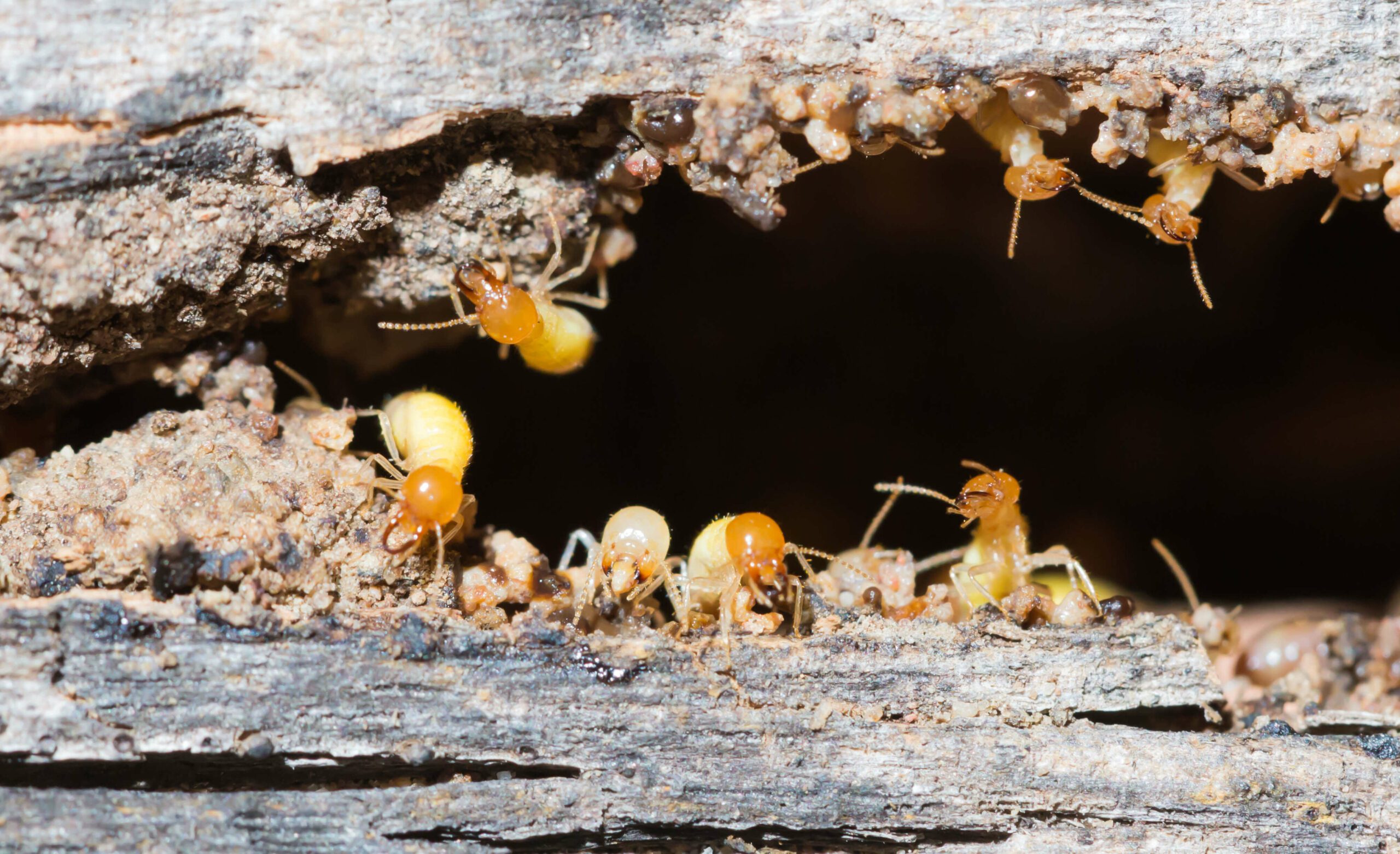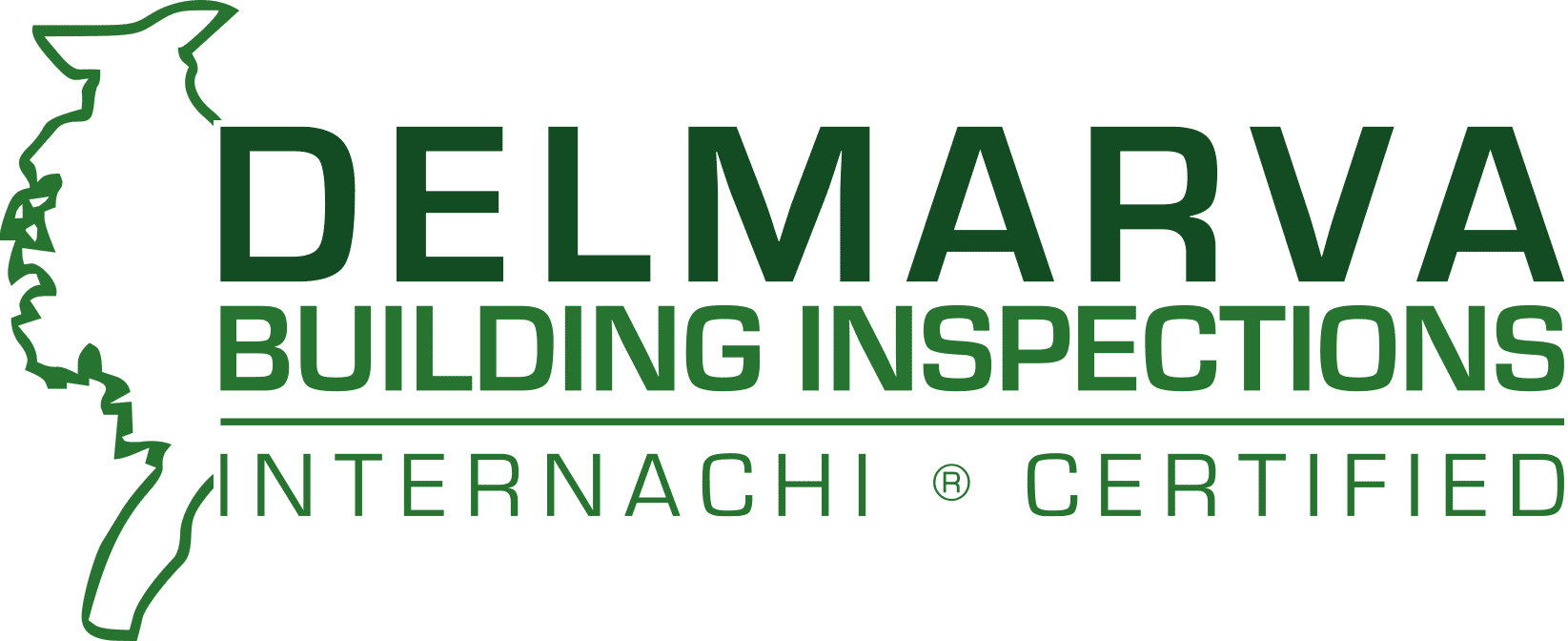
Wood Destroying Insects And Termite Inspections in Maryland
Wood-destroying insects and termites have the capacity to damage your property permanently. Without question, termites cause the most damage. However, other wood-destroying insects can wreak havoc on a wood structure if left unchecked. Therefore, whenever your home or commercial property gets inspected, you should request a wood-destroying insect and termite inspection. With most property sellers and buyers, a termite inspection is at the top of their list. Our termite inspections team is ready for the call!
Maryland Licensed Inspector, Certified COMMERCIAL Building INSPECTORS #33884
Deleware Licensed Pesticide Applicator License #22-253
While Delmarva DOES NOT provide pest control, nor will it make referrals, it does have a pesticide applicators license in Delaware #22-253. The knowledge behind the license gives Delmarva Building Inspectors a step up on other inspection companies.
What's Included In Termite Inspections?
A termite inspection should be at the top of the list if you're buying, selling, or leasing a property. A termite inspection is usually requested, especially if the inspection is part of your real estate transaction. Everything you'll need to comprehend regarding termite inspections is provided here, from how you should prepare to what the inspectors inspect for.
Our Customer Care Team Is Ready To Take Your Call
The method is relatively easy. Step one is to contact us and book an inspection with Delmarva Building Inspections. Our customer care team will schedule a convenient time around your schedule to perform a termite inspection. Your customer care agent will schedule an appointment with a qualified technician who serves your area. However, you must be at your location to allow entry to your home, business, garage, and other buildings that require an inspection.
Some companies don't want you to do anything before they arrive at your home, while others request that you follow through with a few basic steps. Make sure the experts can first get to any important places, such as under your sinks, attic, crawl space, and garage if the property has one. Clear out your attic, your garage, anything blocking the entrance to the crawl space, and the space beneath the sink.
Licenses & Certifications
Your Termite Inspection Team Provides The Accuracy Your Property Deserves
Your expert will inspect both the inside and outside of your home to check for mud tubes, termite wings that have fallen off, signs of activity from termites, and other infestations. After the examination, the termite inspector will discuss their findings and provide a report so the business or homeowner so they can take the necessary actions.
We're Always Looking For The Crucial Pieces Of Evidence
Termite inspectors keep an eye out for a number of important pieces of information. You can spot these warning signals on your own. Sadly, most of the time, you won't even notice you have termites until they have wreaked havoc on your woodwork. As a result, termite inspections are a necessity.
Mud Tunnels Are Another Sign Of Termites
Mud tunnels are the underground termites' superhighways linking their colonies to the wood they eat. These small tunnels are made of dirt and wood. They can also get noticed by their tunnels, which are about the diameter of a pencil. Termites create the mud tubes for a number of reasons. For instance, they keep termites from drying out, keep them safe from scavengers, and bind the wood to the soil.
Your Termite Inspections Will Include Identifying Structural Damage To Your Property
When you pound on hollow wood, it makes a hollow sound, which is a specific sign of termite activity. This is because termites extensively destroy your wood's structure, giving it a smashed or rippling look. You may check for tunnels by probing the wood with a screwdriver. Subterranean termites create tunnels that often run along the grain of the wood, giving it a distinct look.
Proof Of Swarming Subterranean Termites
When the climate warms, subterranean termites start to swarm to establish a new colonies. However, as they migrate to greener regions, they regrettably discard their wings, usually leaving them in heaps. Frass is the term for termite feces. Very small oval-shaped granular particles make up frass. If termites are present, frass is commonly found close to door frames, baseboards, and windowsills.
Flaking Paint Is Another Sigh Of Subterranean Termites
Paint could bubble or flake if you've got subterranean termites. When termites damage drywall, air and moisture can enter between the surface and the paint. As a result, the moisture underneath the painted surface could begin to buckle. Remember that your paint might bubble up for various reasons; thus, it's not a surefire indication of termite activity.
Termites May Look Like Flying Ants
Termites are difficult to locate on in your home. But, if you're unlucky enough to discover one in your home, be sure you can tell it apart from a flying ant. Soldiers, reproductives, and workers are the three types of underground termites. These are all shades of milky white. The reproductive termites have wings that resemble flying ants. This is their main difference from one another.
A Termite Inspection Will Always Provide The Answers You Want
There are several techniques to tell reproductive termites from ants. First, come the wings. Like flying ants, termites have two pairs of wings—one in front and one behind. However, termites' wings are the opposite of flying ants', which have larger front wings than hind wings. Termites also have thicker centers and straight antennae as opposed to twisted ones like flying ants.
Important Areas to Check
While on the road to discovery, there are a few additional crucial areas to pay particular attention to, including the garage, crawl space, and attic. However, termites may cause damage to the outside where wood is exposed, such as decks, sheds, carports, or arbors. Therefore, you should exercise particular caution if termite-resistant materials weren't used during building. Termites can also begin chewing on your wood fencing and eventually follow the route to your house. Additionally, they will frequently enter buildings through brick masonry and cracks in expansion joints.
Deadwood Invites Termites
You're inviting termite activity if you leave tree limbs in your yard after they have fallen. To ensure the safety of your property, remove any tree limbs. Furthermore, you could have a great stack of firewood ready and waiting for that chilly evening. But these heaps of wood only set you up for a termite feast. Yes, you may keep firewood as long as you elevate it off the ground and kept at least 20 feet away from your home.
Wood-Destroying Insects Are A Problem In General
Termites are only part of the problem when it comes to wood-destroying insects; for instance, wood boring beetles, powder post beetles, old house borers, carpenter ants, and carpenter bees are just a few of the insects that may be a treated to your property. These pests might not be as common or destructive as termites, but they can still be just as harmful if not controlled. It is unfortunately not always easy to detect wood-destroying insect infestations since they frequently remain concealed.
Call For Your Home And Termite Inspection Today!
You now have it. This is the procedure you can anticipate whether you opt to do a termite inspection or employ a reputable building inspection company. No one wants their property to become a banquet for termites.
It would be best if you got in touch with the building and termite inspection team at Delmarva Building Inspections. We'll deliver the finest, most accurate building and termite inspections because of our experienced, certified, well-trained team.

















